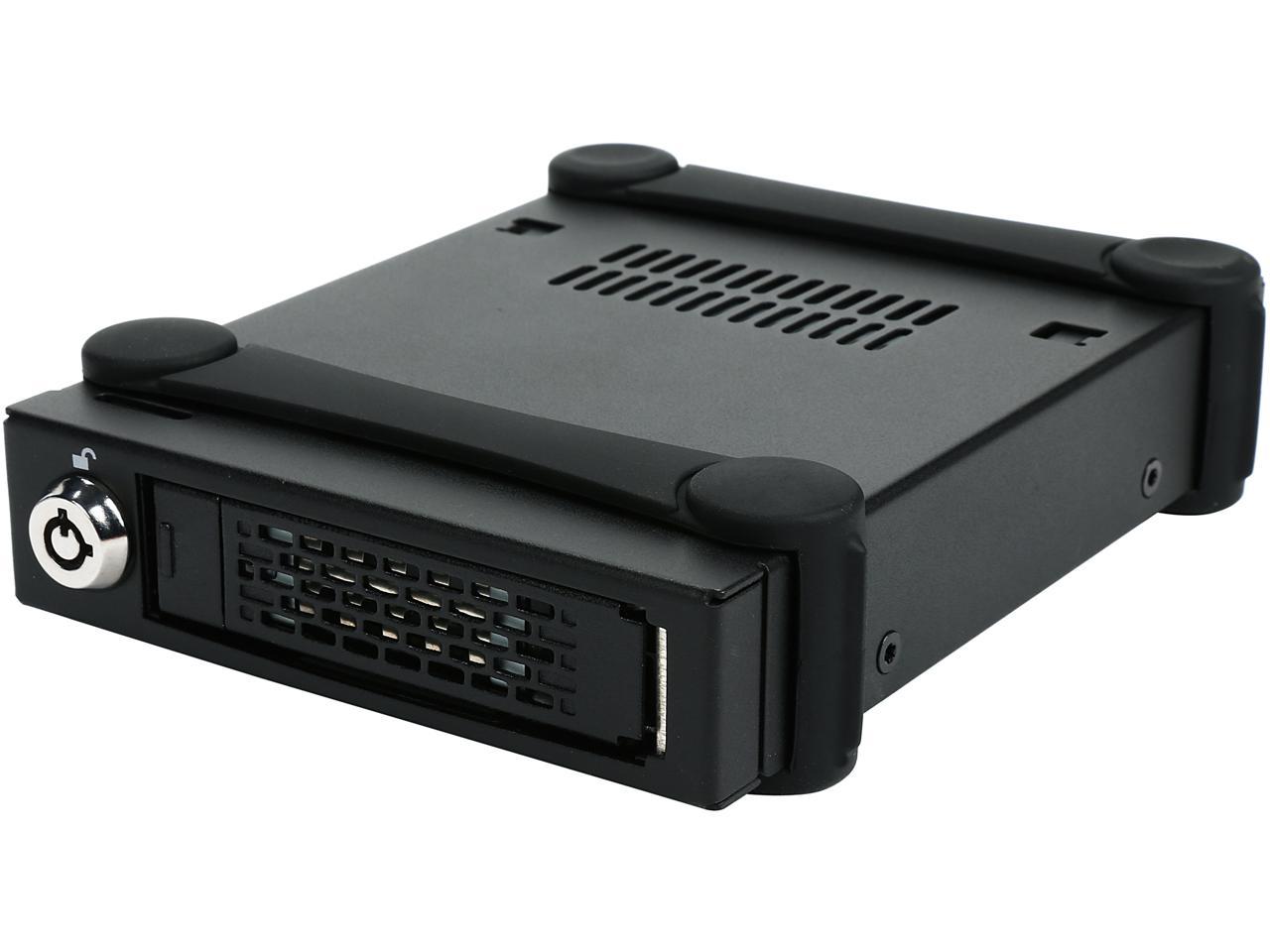

The overall data transfer speed of an external storage device depends on the speed of the drive used and the speed of the connection between the drive and your computer. An external SATA (eSATA) drive enclosure connects a SATA HDD or SSD to a computer via USB.Ĭonsider Speed When Selecting External Storage Drives
External hard drive usb 2 vs usb 3 serial#
SATA, or Serial ATA, is a high-speed bus interface for connecting storage devices like HDDs and SSDs to computer motherboards. Note that you need a 2.5-inch SSD and a 2.5-inch drive enclosure to build a SATA external hard drive. For example, you can find 2.5-inch (direct replacement for laptop HDDs), M.2, and PCIe solid state drives in the HP hard drive line. Some brands offer SSDs in multiple form factors. However, HDDs are more affordable and available in higher capacities. With no moving parts, SSDs are faster and more durable. While HDDs record data on spinning platters, SSDs use flash memory chips. What's the Difference Between SSD and HDD?Ī USB external hard drive can store files on a solid-state drive or a hard disk drive. They serve as network-attached servers and support RAID levels that help them prioritize data redundancy, transfer speed, and storage capacity. These have two or more drive bays for 2.5-inch or 3.5-inch hard disks. Hard drive arrays are another class of external storage devices. Desktop units have separate AC adapters and draw more power. This means that they draw power with the same USB cable used for transferring data.
External hard drive usb 2 vs usb 3 portable#
You can turn the internal hard disk in your old laptop (2.5-inch) or desktop PC (3.5-inch) into an external storage unit with the right hard drive enclosure.Īnother difference between desktop and portable external hard drives is their power sources. Desktop external hard disks have bigger housings, and usually use larger 3.5-inch hard drives. It's a compact unit that houses a 2.5-inch hard drive in a protective enclosure. Desktop External Hard DrivesĪ portable external storage drive is smaller and lighter than a desktop model. It has a larger storage capacity than other external storage devices, like USB drives and memory cards. You can use it to backup important files from your computer's internal hard drive and to transfer files between computers. An external hard disk drive is a standalone storage device that provides additional space for your data.


 0 kommentar(er)
0 kommentar(er)
